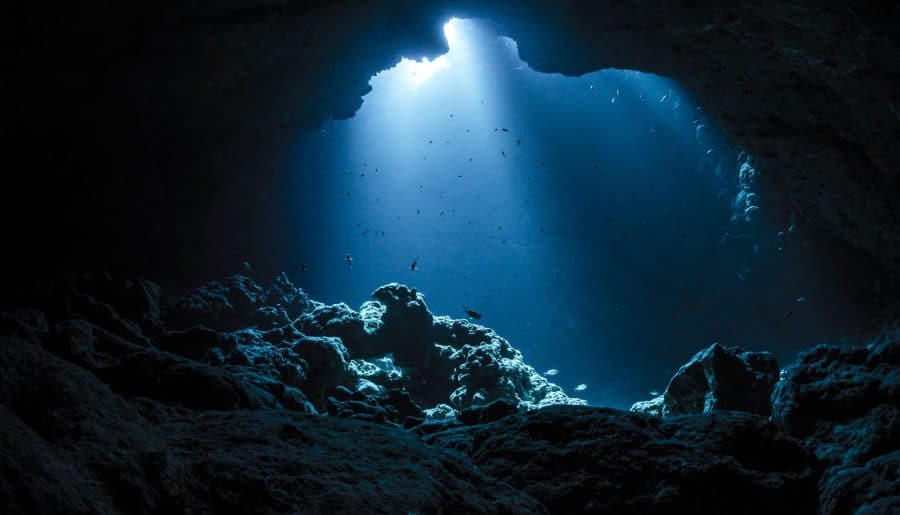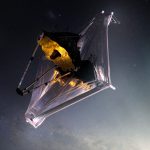It’s incredible how much of our planet’s deep ocean remains a mystery. If you think about it, it’s a whole other world down there, barely explored by humans compared to space.
Have you ever wondered what kind of creatures live down there? What do they look like?
If you’re curious, no worries. I’ll tell you about some really strange animals that live deep under the sea. They’re strange yet remarkable that they might seem like creatures from a science fiction movie!
Here are 10 sea creatures you won’t believe are real.
Vampire Squid
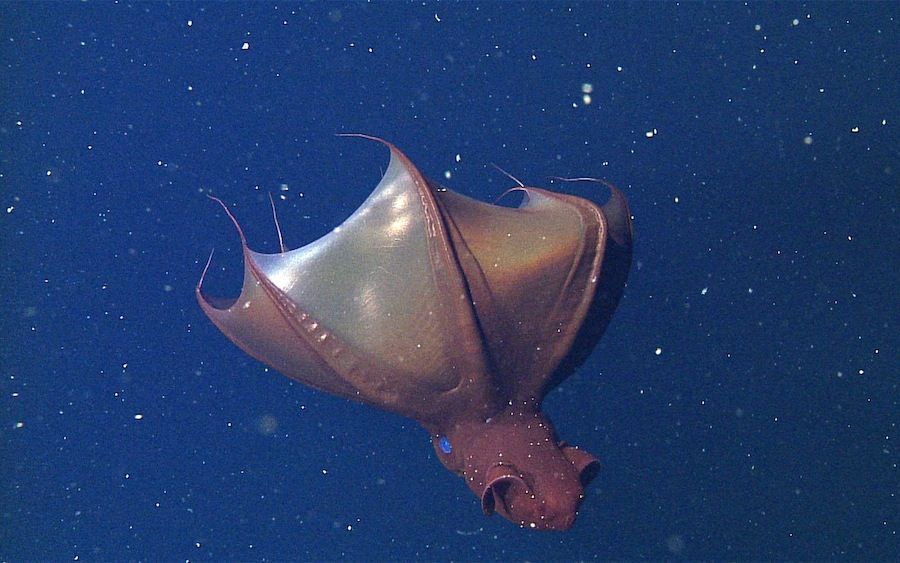
Scientists called this animal Vampyroteuthis infernalis, which means “vampire squid from hell.” But even though it’s called a vampire squid, it’s not actually a squid at all. It also doesn’t actually feed on blood but on detritus instead.
Detritus is like the bits of leftover stuff that you might find on the forest floor, at the beach, or even in your own backyard. It is comprised of small pieces of dead plants, animals, and other debris.
Did you know that this sea creature has the biggest eyes of any living animal compared to its body size? Its gelatinous body can vary in color, and its large eyes appear red or blue depending on the lighting.
Enypniastes or Pink See-Through Fantasia
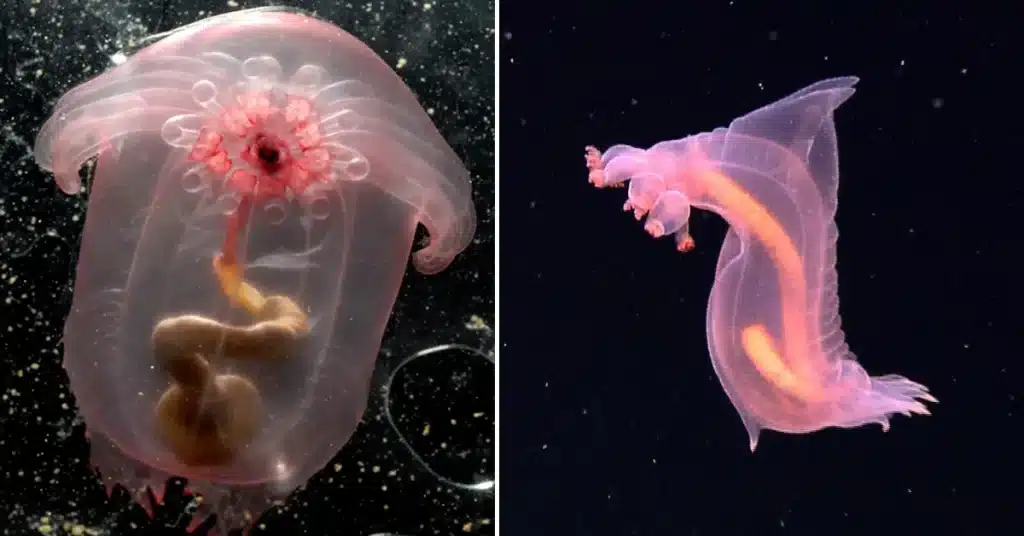
Enypniastes is a deep-sea sea cucumber that’s known for its unique looks. People have given it nicknames like “headless chicken fish,” “headless chicken monster,” and “Spanish dancer.” Some even call it the “pink see-through fantasia.”
This sea cucumber can grow from 4.3 to 9.8 inches long and is either bright pink or reddish-brown. What’s really interesting is that its transparent skin allows you to see its insides, including its mouth, anus, and intestines. Plus, it can even glow in the dark to scare off predators.
Frogfish
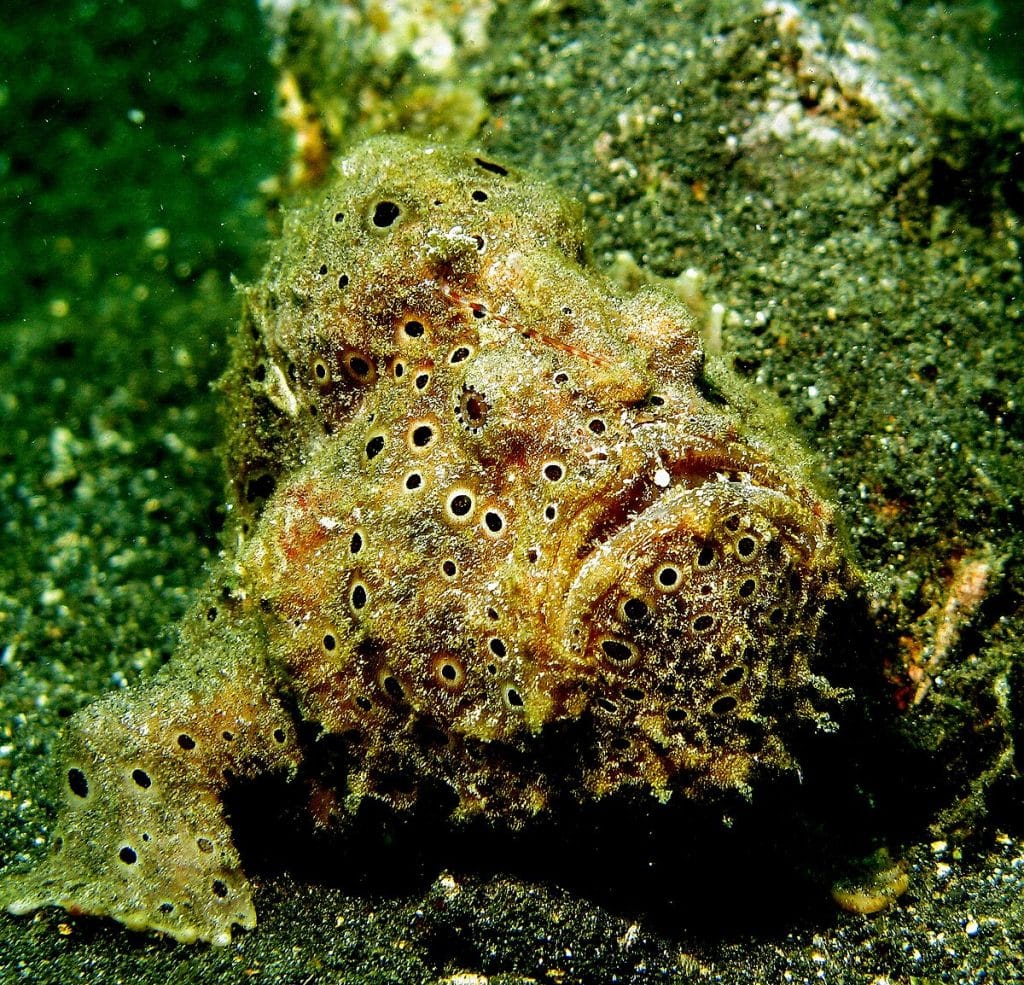
Frogfish are sturdy, chunky fish with big mouths and sometimes rough skin. The biggest ones are about a foot long (30 cm). They sometimes have a little growth on them to help blend in with their surroundings. This helps them hide from predators and sneak up on prey.
Some species of frogfish can change color, and others have algae or hydrozoa covering their bodies. They move slowly and patiently, waiting for prey, and then strike really fast, sometimes in just 6 milliseconds.
Frogfish got their name because they really do look like frogs! They have special pectoral fins that bend like elbows and smaller pelvic fins resembling legs.
Pram Bug

Did you know that there are these small creatures called pram bugs, or Phronima, living in the twilight zone of the oceans? They are usually found about 200 to 1,000 meters below the surface.
Despite their name, pram bugs are parasites that prey on salps, which are jellyfish-like creatures. The mother pram bug eats out the inside of a salp, lives inside its shell, and lays her eggs there.
Once she leaves, she pushes the salp forward like a stroller, which is why they got their name. These deep-sea amphipods are small, less than an inch long, and not very pretty.
Frilled Shark
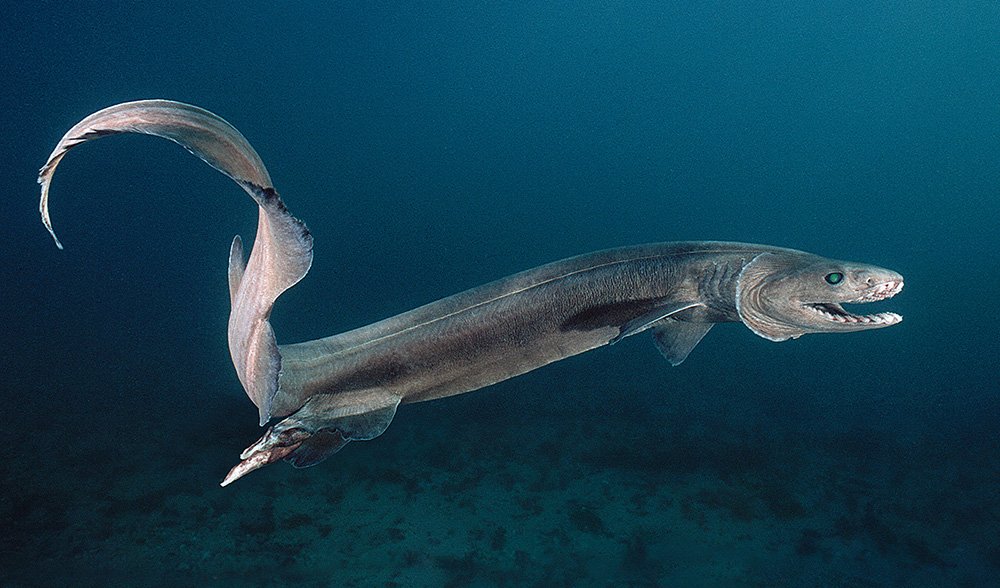
The frilled shark, also known as Chlamydoselachus anguineus, is one of the oldest creatures in the sea, dating back 80 million years.
These sharks have a unique, prehistoric appearance and spend most of their time in deep, dark waters. They can grow up to 7 feet long and are named for the frilly look of their gills.
Frilled sharks are active predators with a distinct serpentine swimming style, similar to an eel. They mainly feed on squid and have been known to swallow their prey whole, regardless of size.
Flower Hat Jellyfish

The flower hat jellyfish, also called Olindias formosa, lives near the coasts of Japan, Brazil, and Argentina. Its colorful tentacles attract small fish and move between the sea bottom and coastal waters.
Sometimes, they gather in large groups, known as blooms, due to warmer water temperatures providing more food. Their sting isn’t deadly to humans but can be very painful and cause a rash.
Squidworm
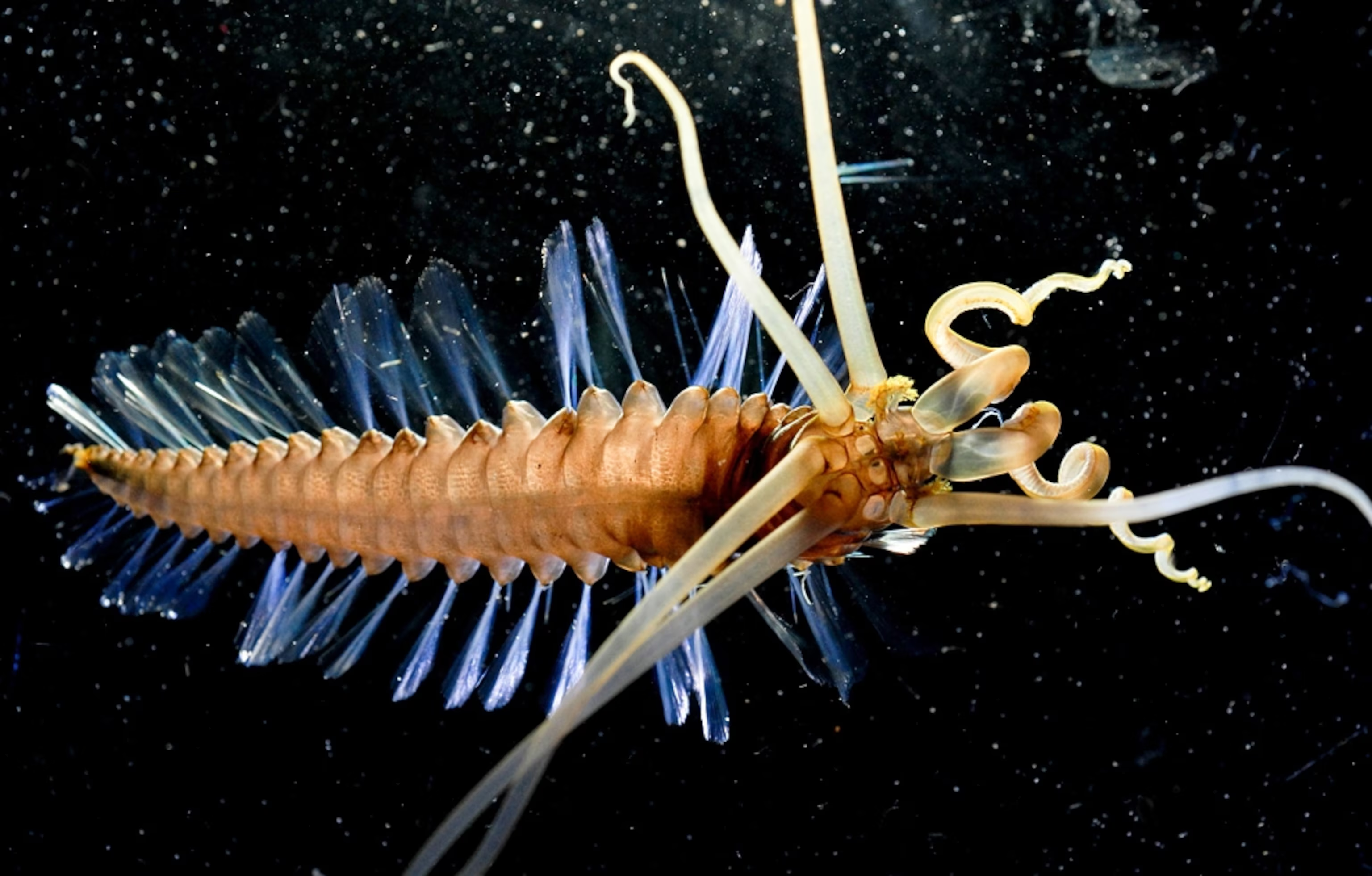
The squid worm looks like a mix of squids and worms. It’s related to the earthworms you might see in your backyard.
The squidworm has 25 pairs of white paddles for swimming and 10 long tentacles on its head for touch and smell. Its body is flat and about the size of your palm.
These creatures mostly eat marine snow, including plankton, fecal matter, and dead organic material sinking from the ocean’s upper layers.
Gulper Eel
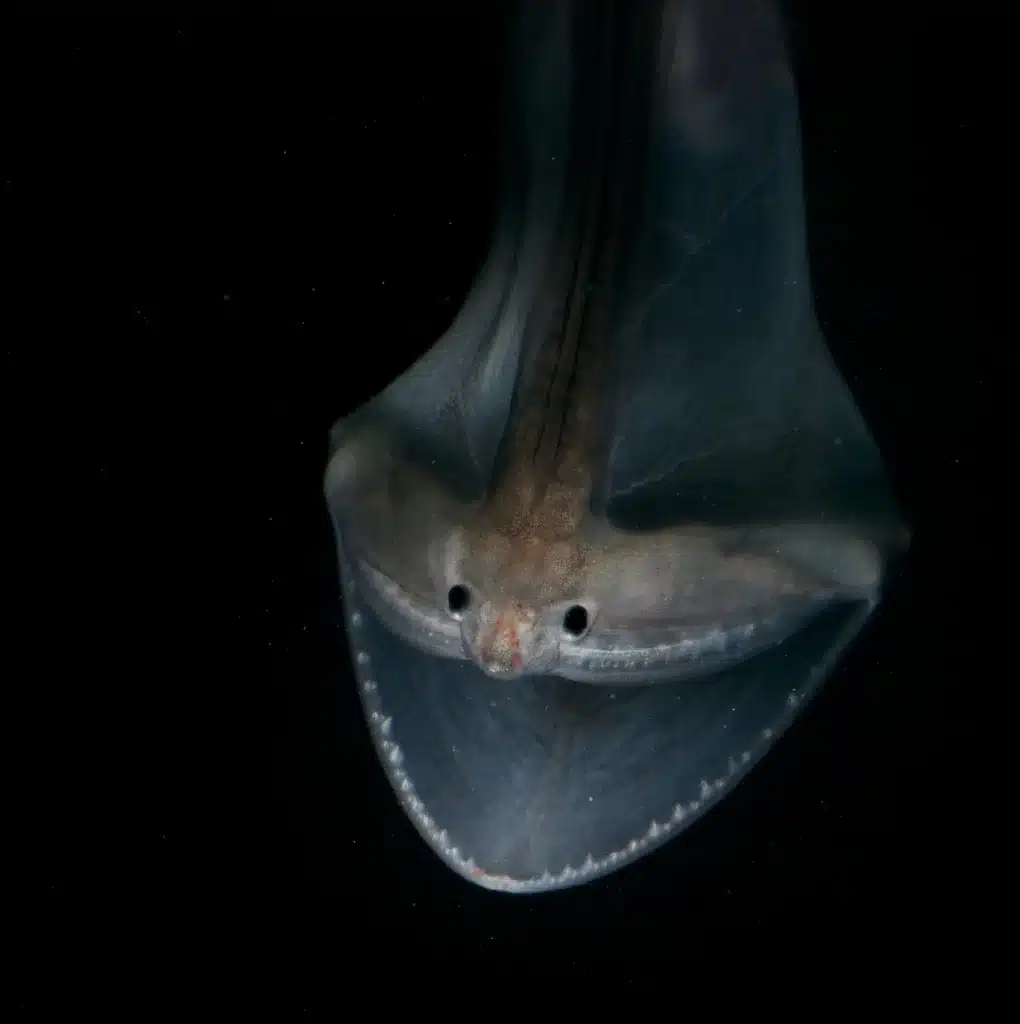
Gulper eels are sometimes called pelican eels because they feed similarly to pelicans. They can expand their throat and stomach to eat and drink, so they are called “gulper eels.”
Another name for them is “umbrella-mouth gulpers” because they open their mouths like an umbrella to catch squid or shrimp.
They have a unique way of catching their prey. Despite being slim, they have large mouths that can stretch to catch bigger prey, helping them survive when food is scarce.
They also have small eyes and poor eyesight in the deep sea. Instead of chasing prey, they use a pink or red light on their rear fins to attract it.
Sea Angel
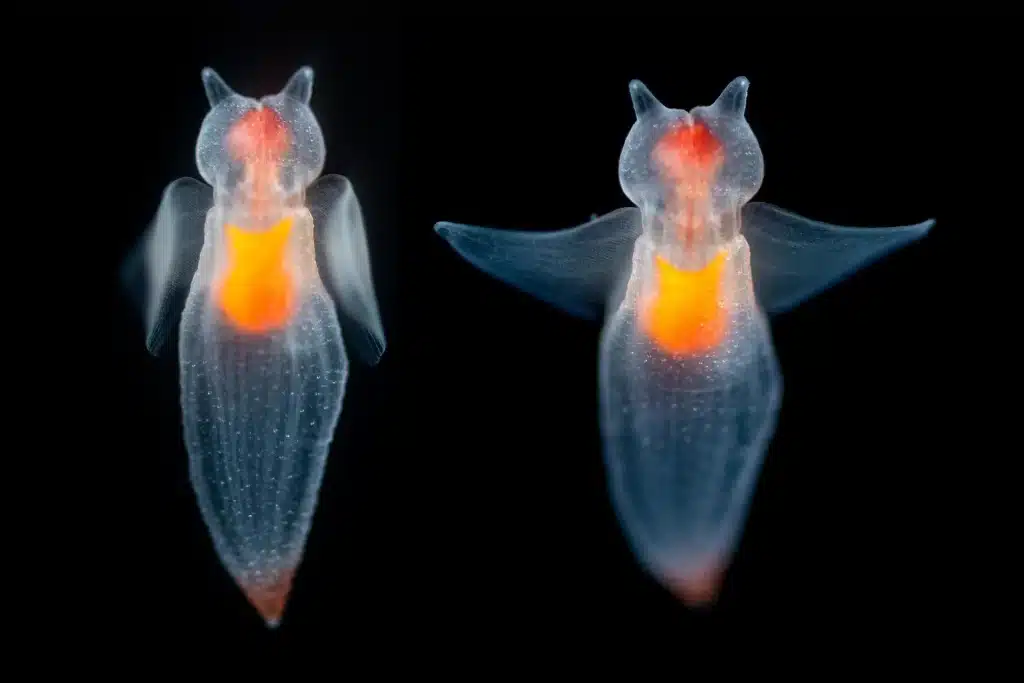
Sea angels are a type of swimming snail without a shell. They evolved wing-like structures called parapodia for swimming in open water. These creatures have a small, transparent, gelatinous body.
Sea angels swim in the open water using winglike structures called parapodia. They are like swimming snails without shells and have small, see-through bodies.
They have transparent bodies and wing-like appendages for swimming. Despite their appearance, these creatures use their radula, a structure of tiny teeth and tentacles, to pull other swimming snails from their shells and consume them.
They exclusively prey on Clione limacina, a shelled pteropod species threatened by climate change and ocean acidification.
Blobfish
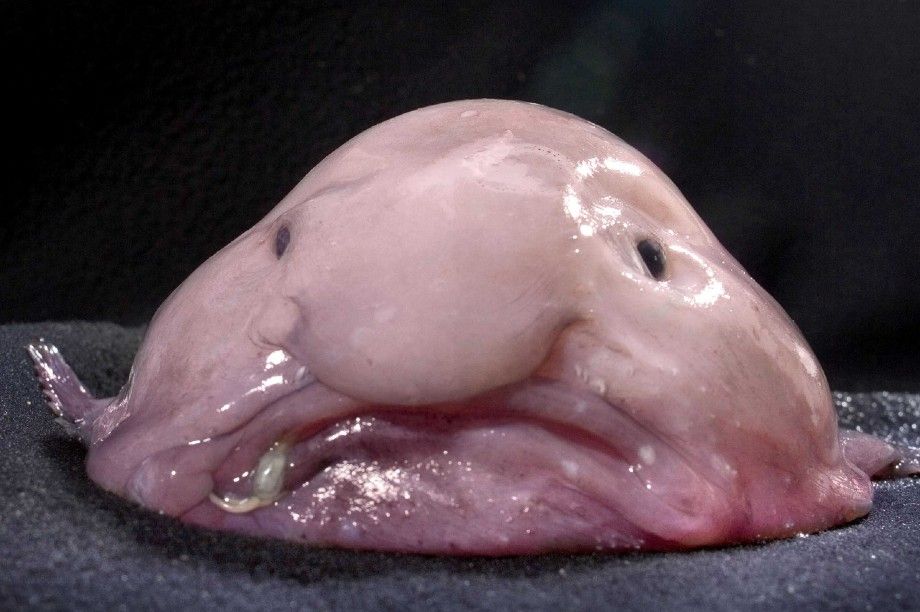
Check out these fascinating facts about the blobfish:
The blobfish, also known as “Fathead” or by its scientific name Psychrolutes microporous, is found in the deep, cold parts of the Atlantic, Indian, and Pacific oceans, usually between 1,970 and 3,940 feet deep.
Did you know that the blobfish is often called the “World’s Ugliest Animal”? Despite its strange looks, it’s a unique sea creature that can survive in depths of over 4,000 feet, where the pressure is 120 times higher than at the surface.
Interestingly, the blobfish only looks ugly when brought to the surface. This is because most fish have a swim bladder that helps them stay afloat. When taken out of its usual deep-sea environment, the blobfish’s body swells up and protrudes through its mouth, making it appear unattractive.
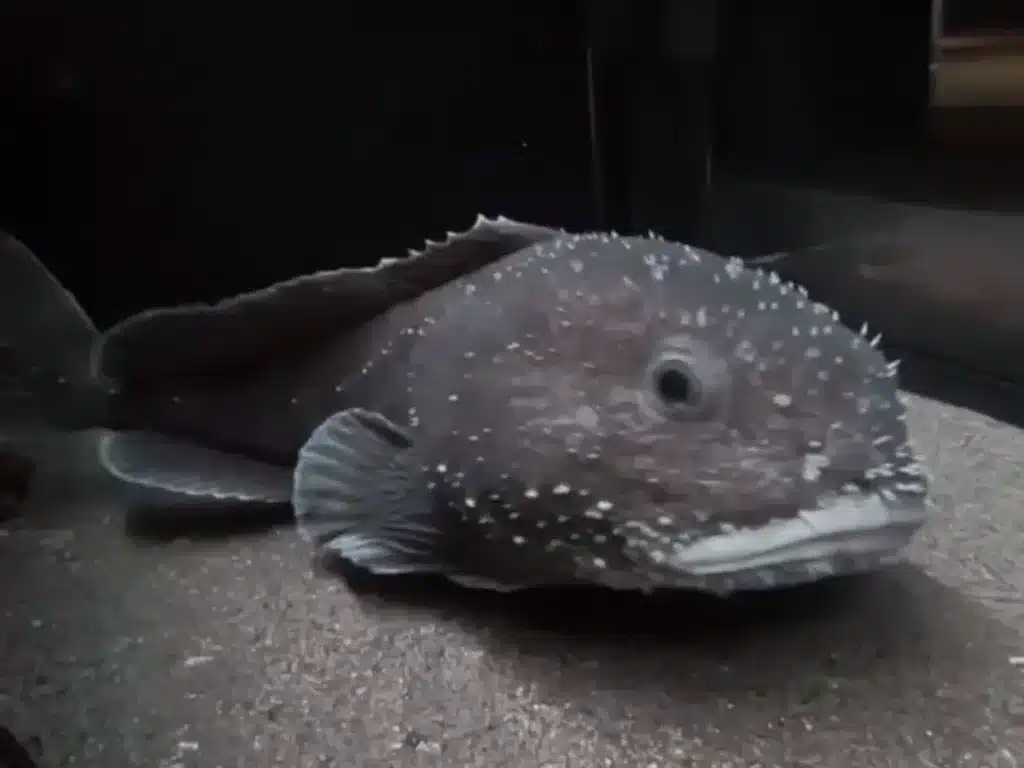
Underwater, blobfish look quite different from what we imagine. These fish are shaped like tadpoles with big heads, large jaws, narrow tails, and feathery pectoral fins. Their loose, flabby skin, lack of strong bones, and reliance on water pressure to keep their shape mean that blobfish collapse into a squishy mass when brought to the surface.
Have any of you heard about these deep sea creatures before, or know of other ones? Comment below!
